“The flower that follows the sun does so even in cloudy days.” – Robert Leighton
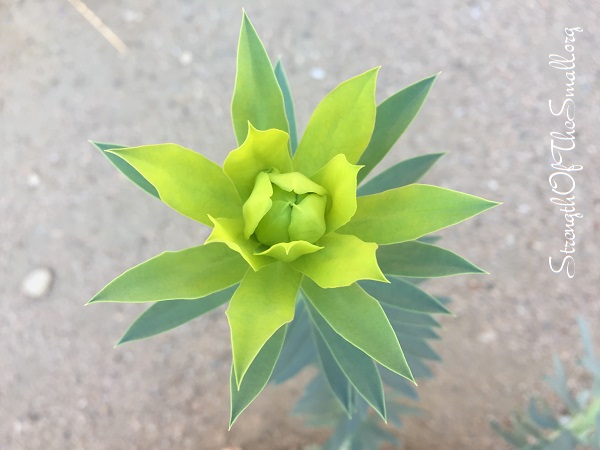
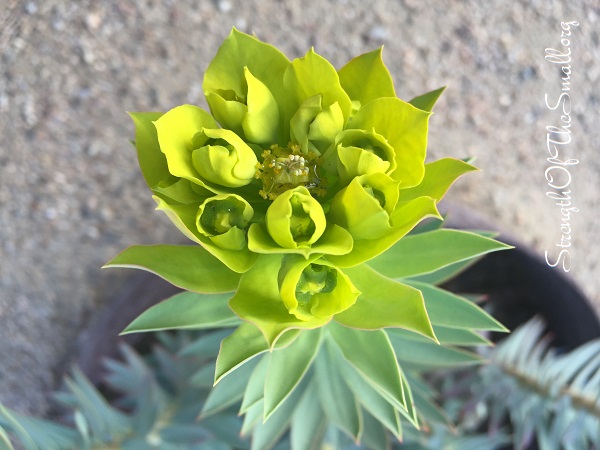
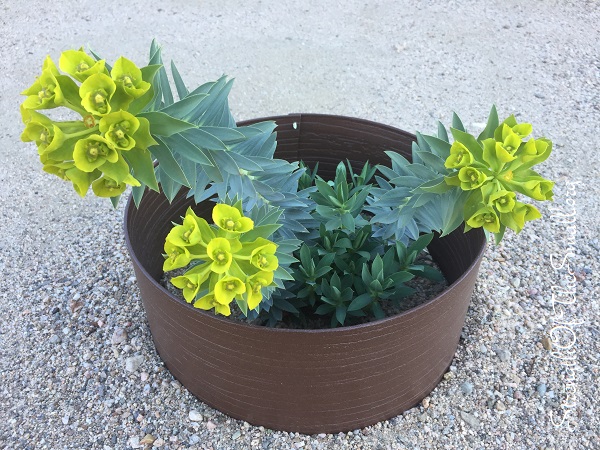
Happy gardening!
Finding Contentment in Every Situation
Finding Contentment in Every Situation
“The flower that follows the sun does so even in cloudy days.” – Robert Leighton



Happy gardening!
I woke up this morning to find my neighbors’ large trampoline hanging halfway into our property, breaking a couple of wood panels as it rested on the top rail. Had the fence not been there, the damage would have been significant. As fun as trampolines can be, they can also pose serious dangers. Please, secure your trampolines to prevent them from blowing away.
We have had very strong winds lately, unlike the previous years. I have always been wary about this trampoline from the moment they moved it to their backyard. It was never secured and it was a little too close to our side. In the front yard, thankfully, only a few branches from their unattended pine trees broke and fell on our side. I guess Nature is finding ways to keep us busy and engaged during quarantine.

Some rain showers at last! Not as much as we would have loved, but enough to revive the plants and keep them hydrated. Early in the week we had our first wave of light snow followed by a mix of rain and snow the following days. I am so grateful it only lasted a day or two and melted in no time.
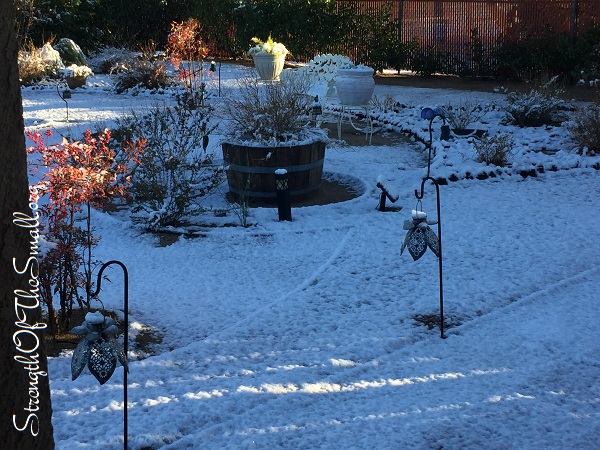
There is nothing new around the garden as most plants are still dormant.
The Gopher plants are doing extremely well, with new growth emerging from the center of the plant. I am so excited and looking forward to see the clusters of chartreuse yellow flowers this Spring.
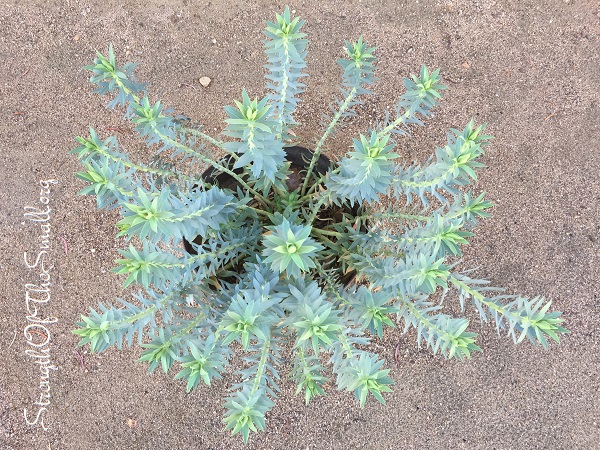
Nandina Nana, also known as Dwarf Heavenly Bamboo is one of my favorite plants for Winter color. A small evergreen dwarf bush with vivid green foliage that turns brilliant red in Fall and persists into the Winter.
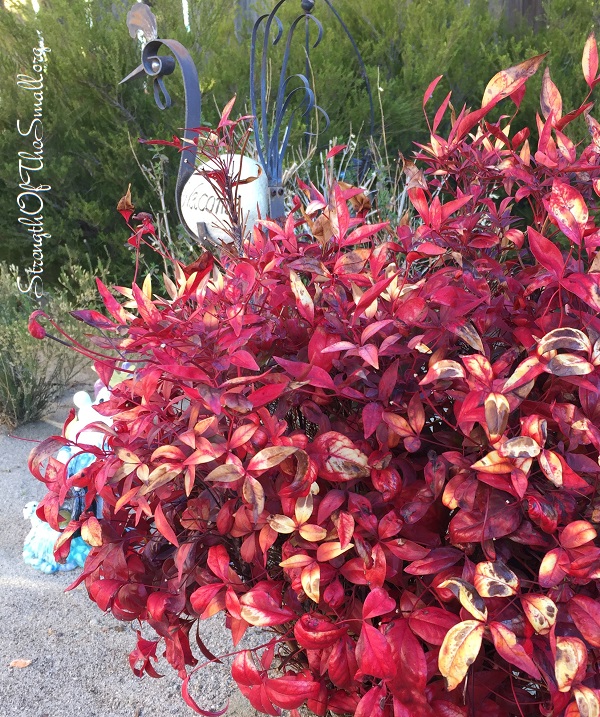
One of the last Yuccas on my property. Yucca is a drought-tolerant plant; however, if constantly watered and properly fertilized, this plant could take over your garden and become a nuisance (if planted straight into the ground). It took us months to completely remove roots and rhizomes from my yard.
I saved a few young plants which I am growing in pots. I have been clipping the tips of the sword-like leaves to prevent injuries. I remove dead leaves from the Yucca and prune it to help the plant stay healthy and give it a beautiful and neat appearance. Next weekend, if the weather permits, I will be cutting back the ornamental grasses.
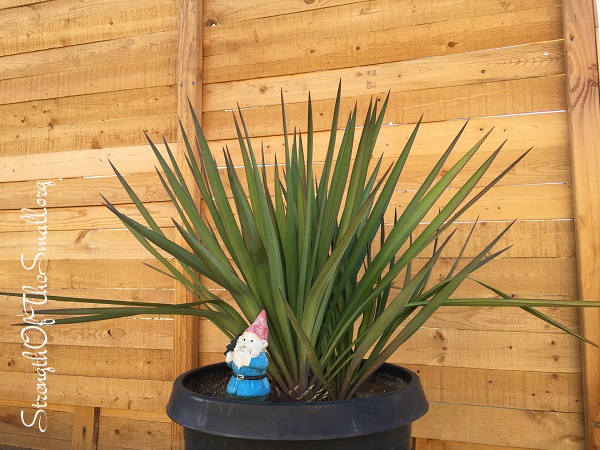
Ground Squirrels in the neighborhood are coming out of hibernation and becoming active. I have destroyed two large holes in the backyard and I am getting the traps ready (the sooner they get caught, the better).
I hope you are all safe and well.
We had our first rain shower of the season last Saturday and a little more on Sunday morning. It was much needed and felt good for a change. We are patiently and excitedly watching the leaves change colors, ultimately fall and dance in the wind.
Hameln Dwarf Fountain grasses are especially beautiful at this time thanks to their delicate purple looking plumes on erect stems. I have thousands of scattered seeds from these ornamental grasses, which easily and readily reseed. They have spread all over the river rock bed and I transplanted a few seedlings last month (which are thriving). I will be collecting more seeds this weekend and planting them right into the ground; and I will transplant the rest by next Spring in the back corner garden.
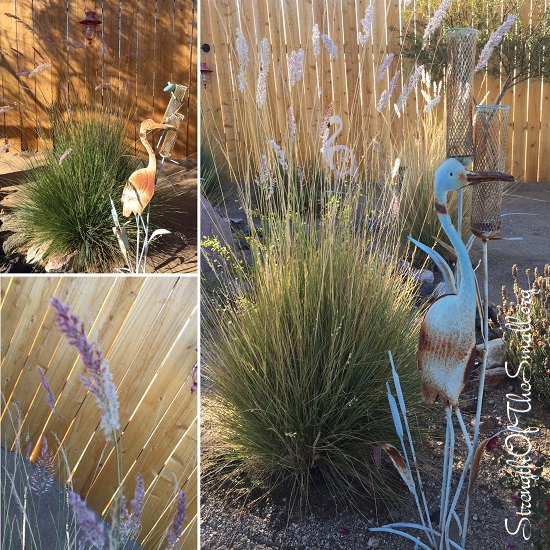
Temperatures started dropping last Friday and today I moved a few succulent pots (I have had for less than a year) indoors: Microlepia Fern, Dragon’s Blood Sedum, Crassula Muscosa , Sedum Dasyphyllum, and Crassula Ovata ‘Gollum’, etc… most of which are not cold hardy. The rest of the succulents will be just fine outdoors. My Sedeveria plants have survived a couple of snow storms, therefore they will remain outdoors.

All my succulents were propagated from stem cuttings.
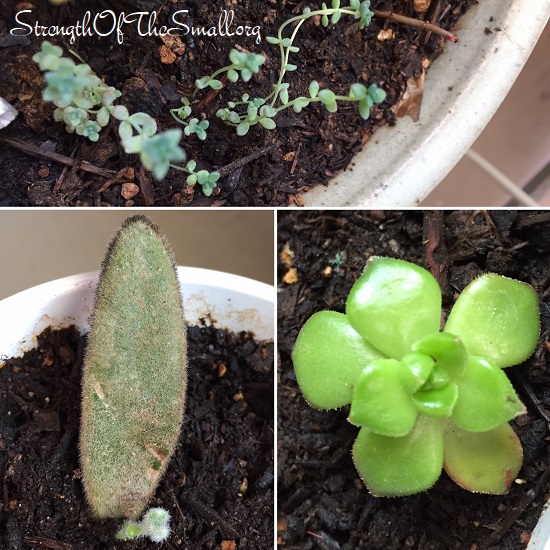
Stay safe; happy fall gardening and have a splendid rest of your week!
Growing up, I always thought of Praying Mantis as fascinating creatures. From their praying appearance to their amazing body shapes, colors and the ability to camouflage with their surroundings.
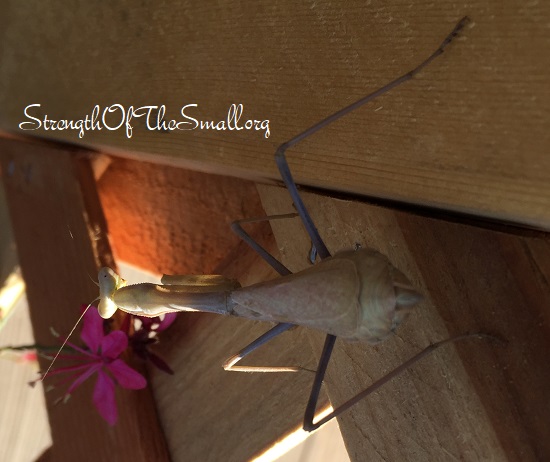
A few days ago, I saw this Praying Mantis hanging onto a grate of chicken wire, while overlooking an ootheca (its egg case). In the past I spotted numerous oothecae around the garden, thinking they were some type of chrysalis. Now I now the case holds Mantis eggs.
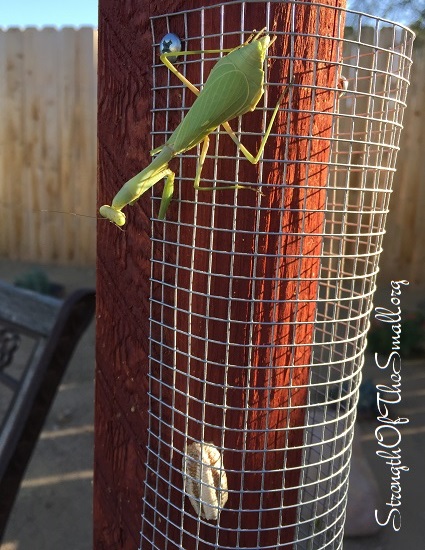
Last week, my daughter spotted a green Praying Mantis on a fence panel and noticed something attached to its derriere. Upon closer inspection, we realized it was a female mantis laying eggs and we were fascinated by the way it crafted its egg’s case (see the video below).
Praying Mantis Laying Eggs (Video)
The female mantis produces between 100 to 400 eggs in a frothy liquid case to protect them from microorganisms, parasitoids, predators and harsh weather. In the Spring, nymphs/young mantises emerge from the egg case and begin eating voraciously to grow fast into adulthood. Many of them do not survive as they tend to eat each other to survive or are eaten by predators.
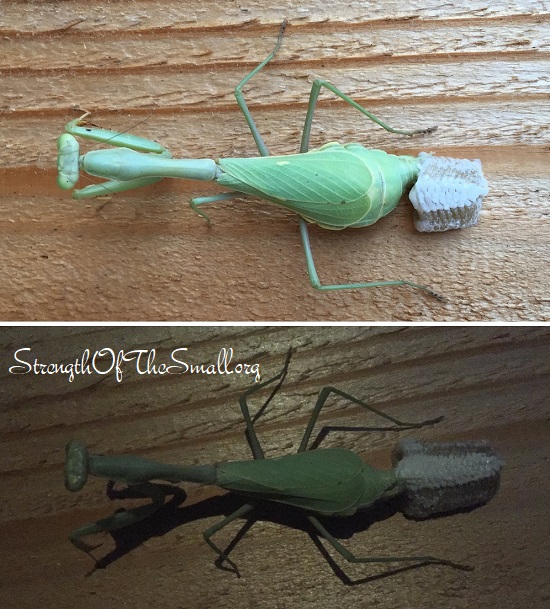
The adult mantis continues to eat and grow; and during this time it will shed its outer skin, a process known as molting. Between late Summer and Fall, the adult female will attract a male mate and after mating, a new life cycle will begin. Similarly to grasshoppers, it is said that Praying Mantis die shortly after laying eggs.
For additional information, follow this link.
Why do female mantises eat the males after mating?
The males self-sacrifice themselves for their offsprings. Males have been found to have nutrients such as proteins and lipids and by cannibalizing the males, the females may produce eggs of greater energy density. The bodies of the ill-fated males are used to aid their production.
Sources: Wikipedia.org and TheGuardian.com
Praying Mantises are beneficial garden insects, they will keep your plants disease free.
So far, I am loving Fall. The weather is nice with clear skies and the air is fresh.
Temperatures haven’t dropped enough for the trees and shrubs to start shedding their leaves. However, I moved some of my delicate succulents indoors. In the upcoming weeks, I will move the larger potted Asparagus Plumosus and Asparagus Fern to the patio for Winter protection.
The rose trees are starting to bloom again …
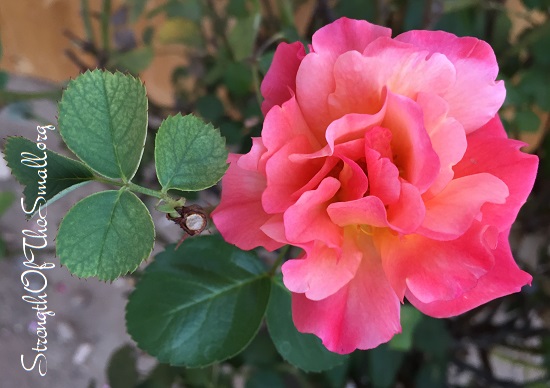
The Spruce Cone Cactus are thriving with new healthy arms. I have given them lots of water this Summer, which has helped with the growth.
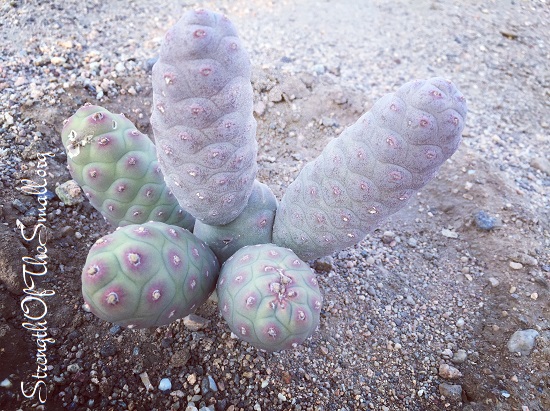
This Agave witch was a pup itself not too long ago and now has put out its first pup. Contrary to what some gardeners say, this is a fast growing. Two years ago, I relocated the mother plant which was sending pups all the way to my neighbor’s yard. Next Spring I am hoping to have a few healthy young ones to gift to some of my neighbors.
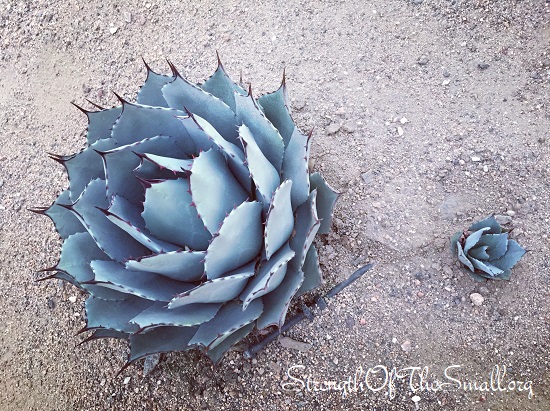
The Gopher plants (Euphorbia Rigida) have established themselves and are thriving. I will divide a few of the larger plants this weekend and transplant them in the front yard. The younger plants below were started from seeds this Spring. I wasn’t sure they would all make it, but grateful they did.
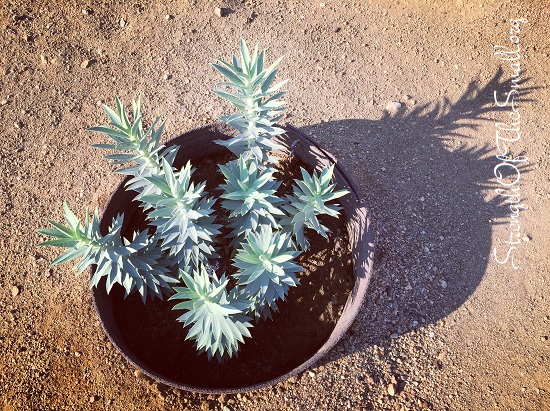
This season, the Pomegranate tree only produced one fruit.
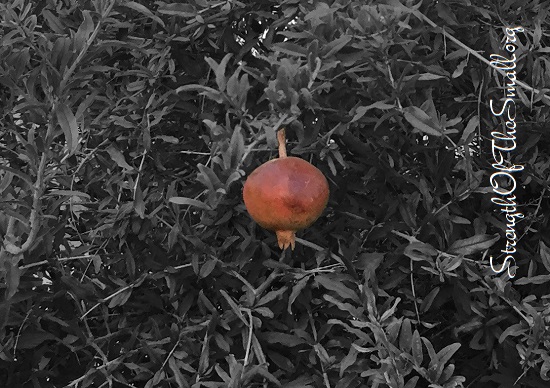
The young Lilac plants I got from my neighbor early this Spring have also established themselves, growing strong and healthy. I think I have a few varieties, with some growing faster than others.
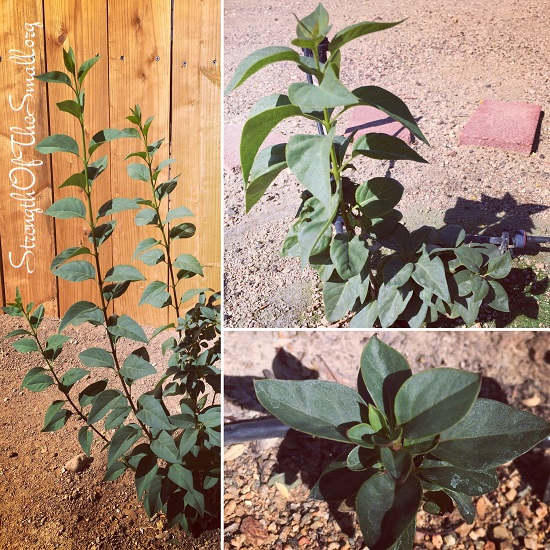
Wishing you all a blessed weekend and a joyful time gardening.